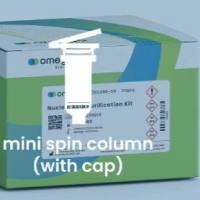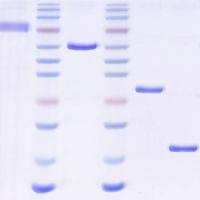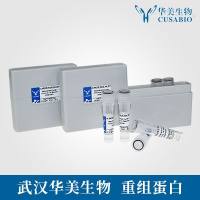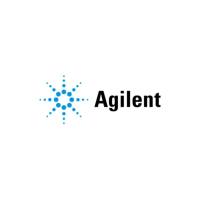Specimen Preparation, Imaging, and Analysis Protocols for Knife-edge Scanning Microscopy
互联网
实验步骤
1. Specimen preparation: Golgi-Cox
1) This protocol closely follows the protocol of Mayerich et al.7 .
4) The brain is left in the Golgi-Cox solution in the dark, at room temperature, for 10 to 16 weeks.
5) The brains are rinsed in deionized water overnight in the dark.
10) Fig. 1 shows a Golgi-Cox stained brain embedded in Araldite.
2. Specimen preparation: Nissl
3. Specimen preparation: India ink
4. Specimen preparation: Generic species, generic organs
1) Turn off pump, turn on stage, turn on camera, turn on illuminator.
5) Start KESM Stage Controller2 and initialize stage.
6) Lower knife/objective, turn on pump.
8) Press on [Go] to initiate imaging.
9) See Figs. 3-8. See 9, 7 for technical details.
6. Image processing and data preparation
7. Data visualization and analysis
i. Navigate as in Google maps.
ii. Zoom in and out as in Google maps.
iv. Adjust the overlay number by using the pull-down menu.
v. Adjust the overlay interval by using the pull-down menu.
2) Visualization using MeVisLab.
iii. In the following, new modules can be creating by typing in the module name in the command box.
vi. Set Matrix and Transforms under "Matrix Composition" to "Ignore", "Ignore", "Forward".









